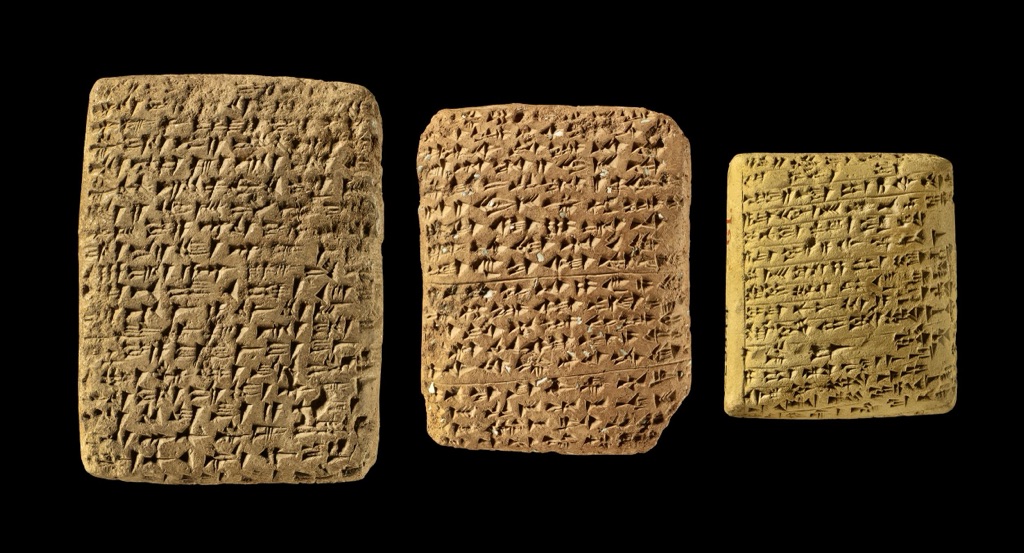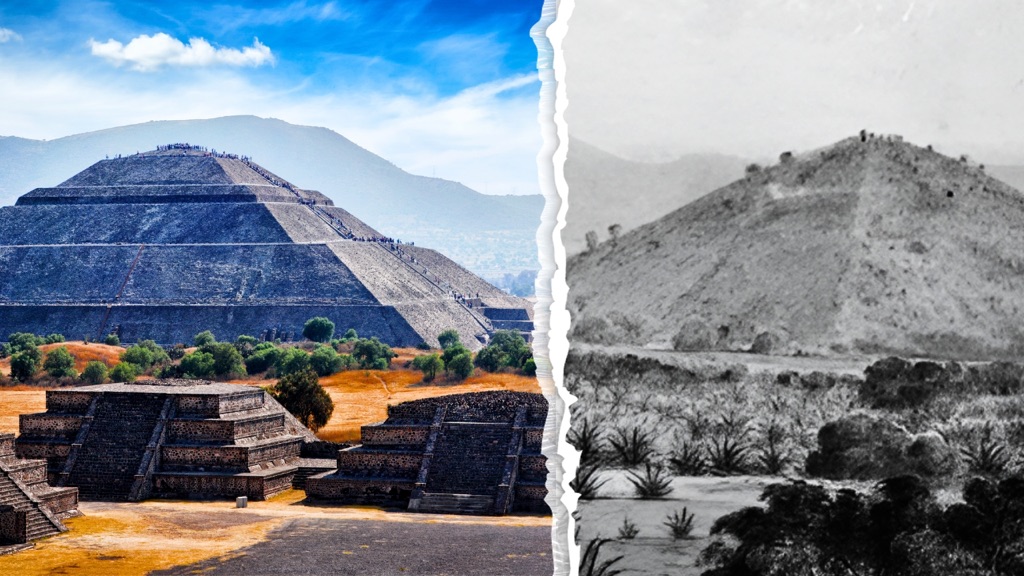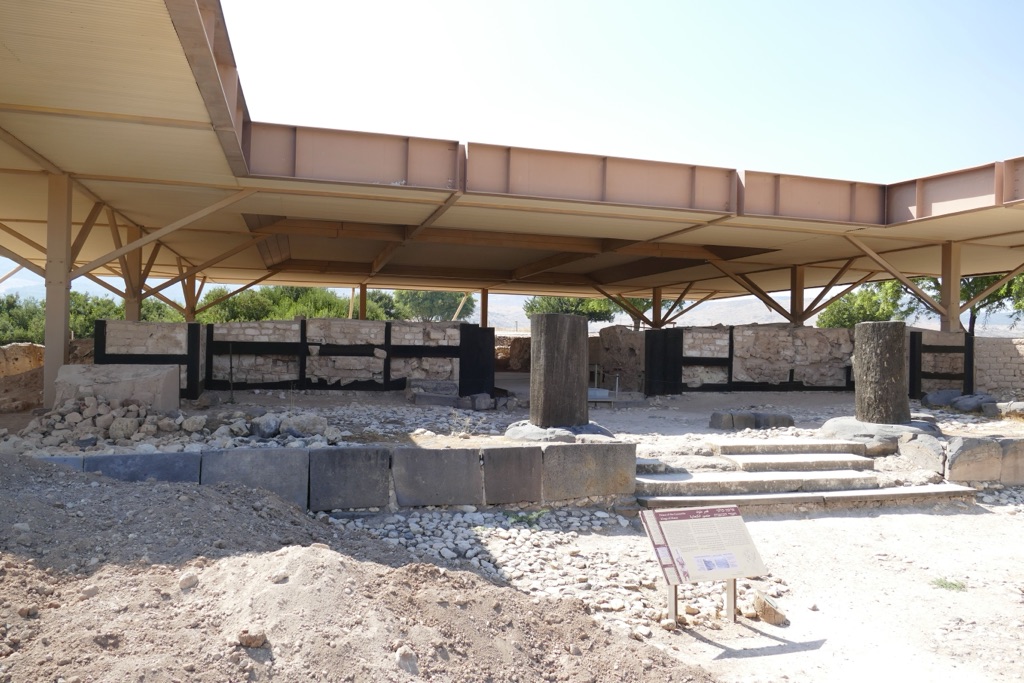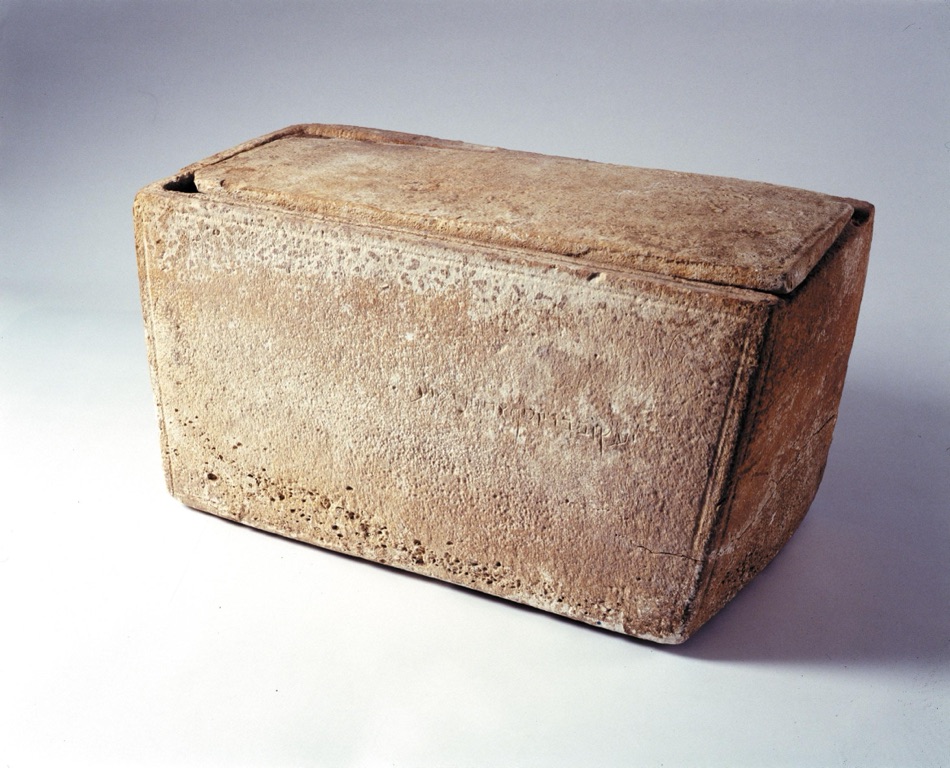The Ossuary of James is a limestone box historically associated with the burial practices of the Jewish people. It gained notoriety for an Aramaic inscription that reads “James, son of Joseph, brother of Jesus.” The artifact’s authenticity and implications have been subjects of intense debate. If genuine, it could be linked to James the Just, a figure of early Christianity. The ossuary’s discovery and subsequent controversies have made it a focal point for discussions on archaeology and biblical history.

The Ebla Tablets
The Ebla Tablets are a collection of around 20,000 clay tablets discovered in the ancient city of Ebla, Syria. Unearthed in the 1970s, these artifacts date back to around 2500 BC. They provide a wealth of information on the language, culture, economy, and political life of the period. The tablets are especially significant because they contain one of the earliest known scripts, known as Eblaite, and offer insights into Semitic languages. They also mention cities and places, some of which appear in the Bible, thus providing a historical context to ancient Near Eastern civilizations.

The Amarna Letters
The Amarna Letters are a collection of clay tablets inscribed with diplomatic correspondence. They provide a window into the political landscape of the ancient Near East during the 14th century BCE. Discovered in Amarna, Egypt, these tablets contain messages between the Egyptian administration and its counterparts. They include letters from various rulers of the Near East and are written in Akkadian, the diplomatic language of the time. The Amarna Letters are invaluable for understanding the history, politics, and diplomacy of the Late Bronze Age.

The Mesha Stele (Moabite Stone)
The Mesha Stele, also known as the Moabite Stone, is a significant archaeological find from the ancient Near East. Discovered in 1868, it is an inscribed stone erected by King Mesha of Moab in the 9th century BCE. The stele boasts of Mesha’s victories over the Israelites and his building projects. It is particularly famous for its mention of the “House of David,” providing one of the few extrabiblical references to the Davidic dynasty. The artifact is a crucial source for the study of the Moabite language and the history of the region.

Pyramids Before and After Excavation
Ok by now you’ve probably heard of most of the Pyramids in the article below, but I bet you haven’t see what they looked like before they were excavated and restored. You’ll be surprised just how much work has gone into uncovered and excavating these huge historic monuments to where we are today with millions of visitors snapping pics of these places on the regular. Enjoy this journey through time.

Hazor Israel
Hazor, located in Israel, stands as a testament to ancient civilizations and their complexities. This significant archaeological site once served as a major city in the Canaanite and Israelite periods. It boasts a rich history that spans several millennia, with its origins tracing back to the Bronze Age. Hazor’s strategic location on trade routes made it a focal point of economic and political power. Over time, it experienced destruction and rebirth, reflecting the turbulent history of the region. Today, Hazor offers invaluable insights into the past, with its ruins providing evidence of its former glory and the events that shaped its history.

